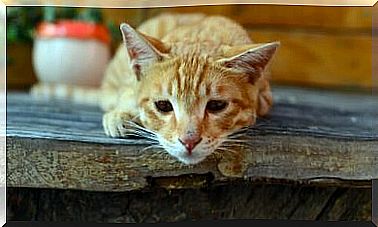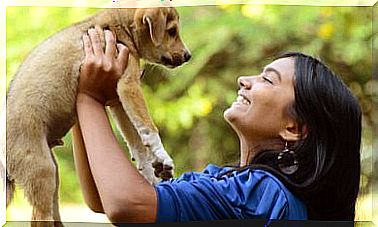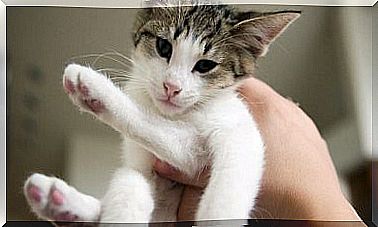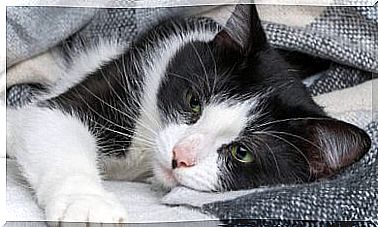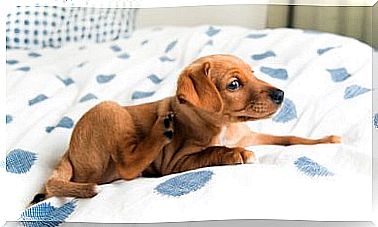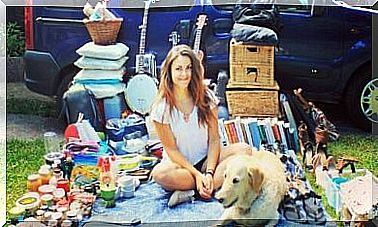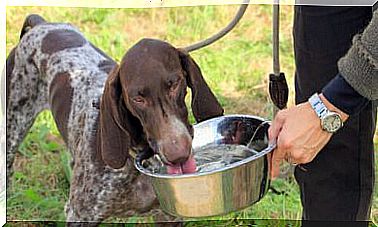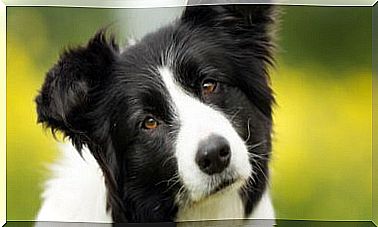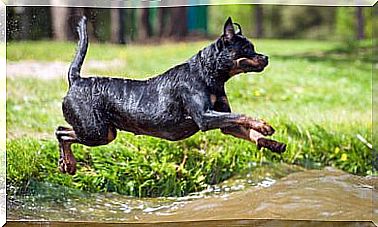Crocodile Skink (Tribolonotus Gracilis): Captive Care
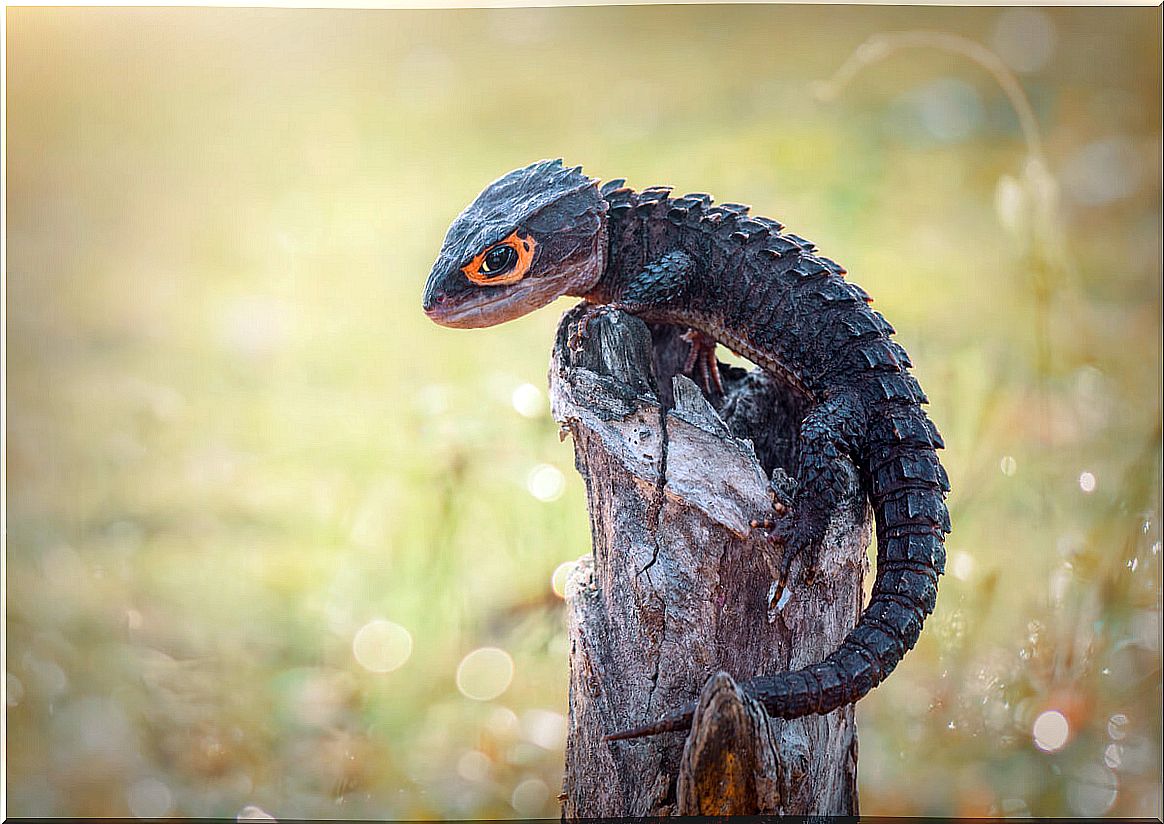
The crocodile skink ( Tribolonotus gracilis ) is one of the most beautiful reptile species that can be found in nature. With its dark brown color, orange eye bands, dermal spines, and pointy patterns, this animal is the closest thing to a miniature dragon we can imagine.
Luckily for terrarióphiles, this reptile has been raised in captivity on multiple occasions. Therefore, it can be found for sale as a pet in stores specialized in exotic animals and certain events related to the world of terrariums. We tell you all the cares of the species – which are not few – in this guide.
Initial considerations
The crocodile skink ( Tribolonotus gracilis ) is a reptile of the Scincidae family endemic to New Guinea. It lives in tropical rainforests, so its requirements will be dictated by quite high temperatures and a very high relative humidity.
In the first place, it should be noted that this species is not threatened in its natural environment, as indicated by the International Union for the Conservation of Nature (IUCN). Its current status is of “Least Concern” (LC), as wild populations are not in decline.
For this reason, tribolonotus is not included in CITES – a treaty for the protection of endangered animals from legal sale. This is partly good, since no special permits are required to own a specimen, but it also has a very negative side: this species can be legally taken if the government of the region allows it for trade.
Therefore, it is essential that every guardian asks for the relevant documentation that proves that their new pet has been bred in captivity. Fortunately, the vast majority of small crocodiles on the exotic animal market have been bred in the European Union, a fact that raises the price of a specimen a lot, but encourages the protection of natural ecosystems.
Finally, it is necessary to note that two different species are sold under this nickname. Both are very similar and have the same requirements, so we will treat them interchangeably. Even so, we show you the two scientific names that correspond to them:
- Tribolonotus gracilis.
- Tribolonotus novaeguineae.
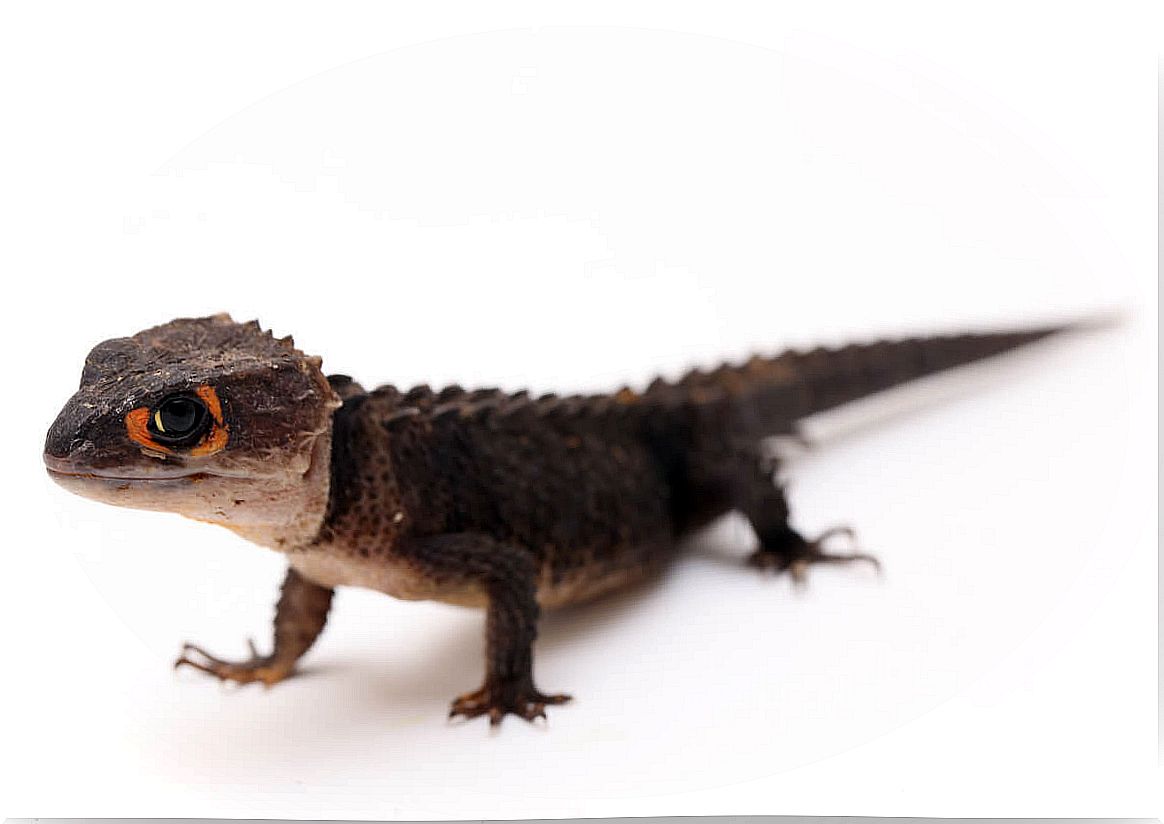
Tribolonotus gracilis captive care
If what you are looking for is an interactive pet, this is not your animal. Tribolonotus are crepuscular and elusive reptiles, spending most of the day hiding in undergrowth. In addition, due to their origin, they require parameters that are a bit difficult to imitate in captivity. Despite this, its wonderful appearance justifies all efforts.
Terrarium
The ideal terrarium will be made of glass, with a series of metal grids that allow air flow within the installation, but that at the same time are not so abundant that moisture is lost. From here, we strongly discourage the use of plastic containers.
In general, measures 90 centimeters long, 40 wide and 30 high in the terrarium will be enough for a couple. The ground should be covered by about 10 centimeters of substrate, since crocodile skinks like to bury themselves on some occasions. The best option is coconut coir, with a surface cover of Sphagnum moss .
Environmental enrichment in this species is more important than in almost any other. Tribolonotus get stressed very easily, requiring branches, nooks, and plants to hide in. In addition, a planted terrarium will retain much better the humidity that this animal needs.
Finally, it is also necessary to emphasize that this species requires a plate with water to drink and submerge, because sometimes this reptile goes to small pools to bathe. This water should be replaced, at most, every 2-3 days.
Environmental requirements
Here are the essential parameters that the installation must meet:
- Temperature: the terrarium should be kept at a constant 25-25 degrees, although these reptiles endure ranges of 22 to 27 degrees. This temperature can be achieved by placing a thermal blanket, always outside the glass of the terrarium.
- Humidity: a constant relative humidity of 70-90% is necessary. The terrarium substrate should always be moist, but not soggy. This is achieved by spraying the installation with water two or three times a day, with abundant plants and the evaporation of the water dish.
- Light: a controversial issue. Some authors argue that this species requires a UV focus, while others argue that a natural light cycle is fine. If the guardian has the money to afford a light source, it is always better to be safe than sorry.
Feeding
Tribolonotus gracilis is an exclusively insectivorous species. Their diet consists of live food, that is, crickets, worms, cockroaches and other invertebrates. Some breeders argue that mouse pups may also be offered sporadically, although this is not necessary.
An adult will eat every 2-3 days and, in addition, once a week the prey should be smeared with a mixture of calcium and vitamin D3. This compound is easily obtained in specialized stores and is essential, since it allows the animal to acquire the nutrients that it cannot obtain through diet.
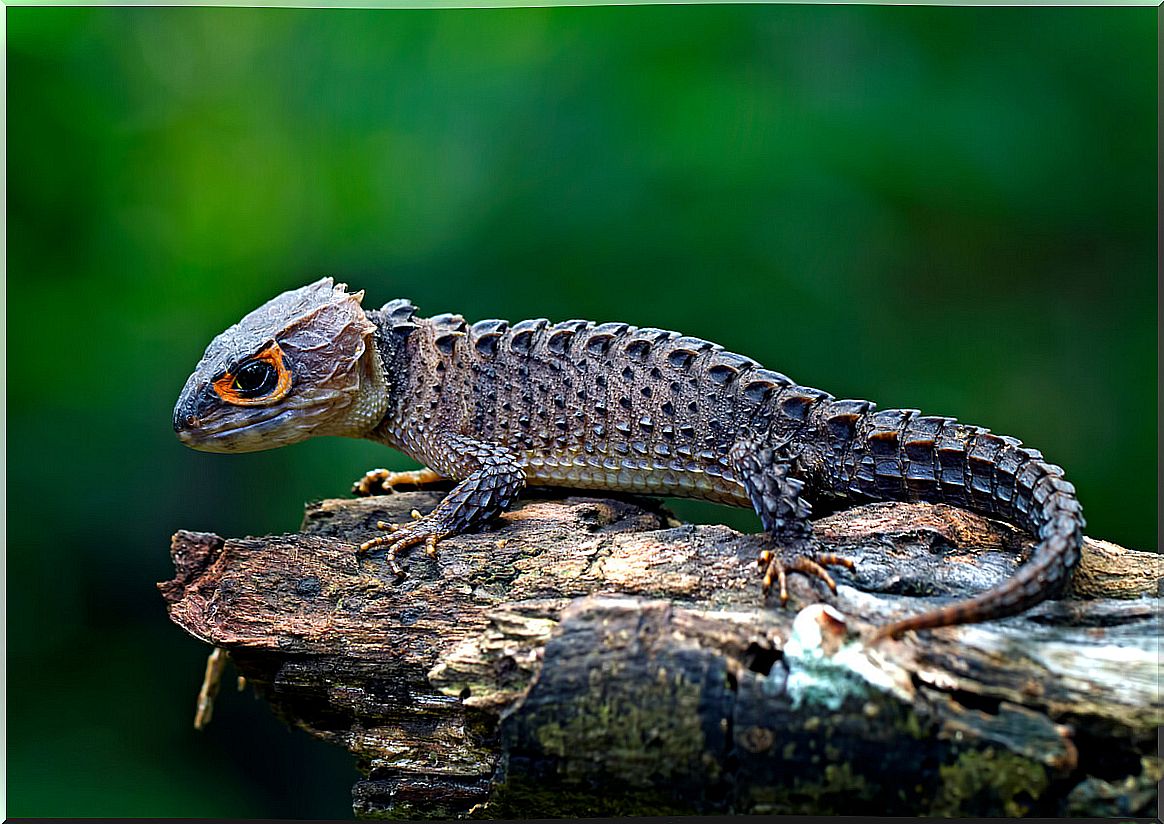
Final recommendations
As you may have seen in these lines, the crocodile skink is an animal with quite specific requirements. For this reason, we only recommend that the most experienced terrariophiles consider purchasing a specimen. If the humidity parameters are not properly maintained, it is quite possible that the reptile will end up dying in a short time.
Despite this, if you are trained to care for this reptile, you will be able to enjoy one of the most fascinating pets in all of nature. Its fascinating appearance, delicate bearing and curious behavior make the crocodile skink, without a doubt , one of the most special animals that we can find.
